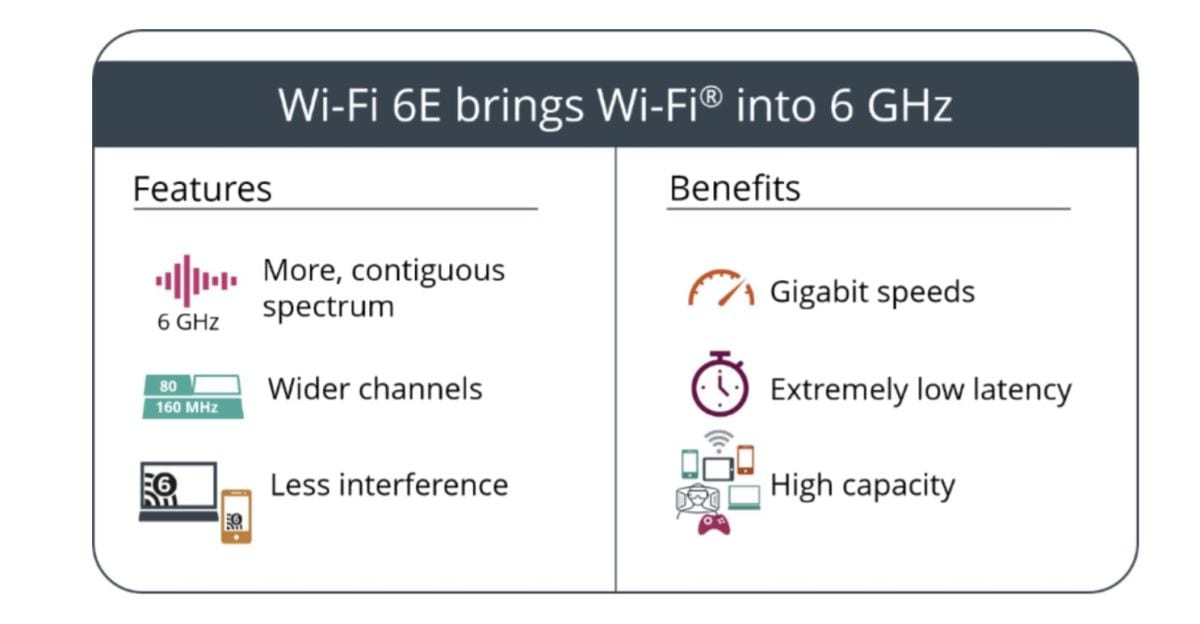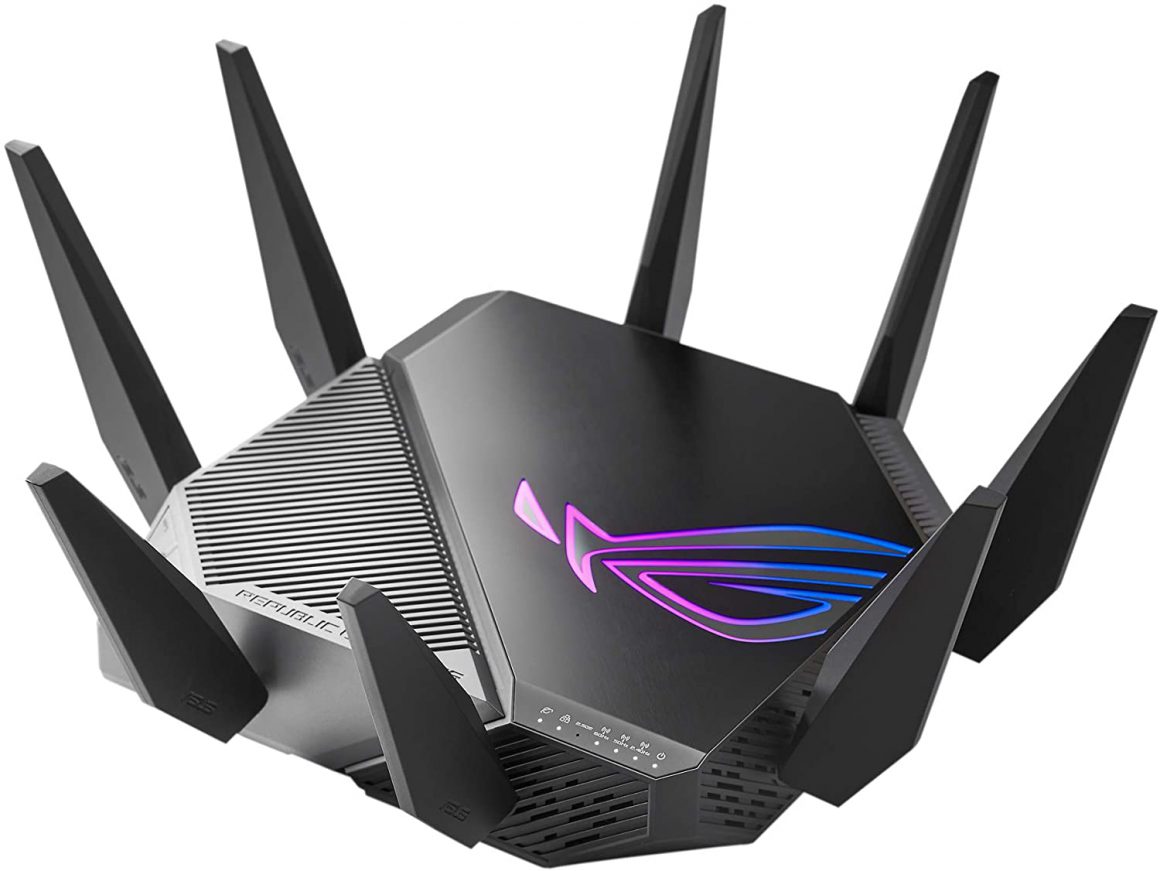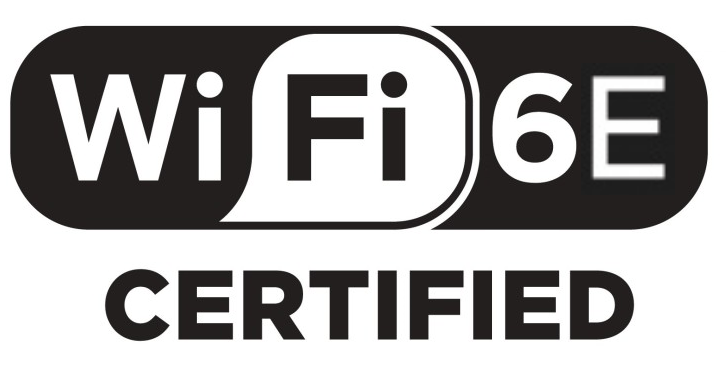What Is Wi-Fi 6E And How Is It Different From Previous Generations?
If You Are Looking For A New Router Or Any Device That Uses Wi-Fi, You Should First Get Acquainted With The Definition Of Wi-Fi 6E.
Wi-Fi 6E , The introduction of this new technology means more speed and less latency than Wi-Fi 6 and its predecessors. The 6 GHz band allows 1 Gbps internet access.
Wi-Fi Allies, a group of Wi-Fi platform makers working with the FCC (Federal Communications Commission) and electronics makers, announced the arrival of Wi-Fi 6E in 2020 for each IEEE 802.11ax (Wi-Fi 6). Products that support 6 GHz wireless spectrum.
What is the difference between Wi-Fi 6 and Wi-Fi 6E?
When the IEEE 802.11ax (Wi-Fi 6) standard was first announced, it was legally limited to a wireless band that covered only the 2.4GHz and 5GHz bands. Now, in a 2.4 GHz band, you really only have three overlapping channels, and that bandwidth is shared with you, your family, and your neighbors.
If you’ve ever had trouble communicating with the Zoom app, or if the buffering of the last episode of the Mandalorian series has been delayed for a long time, it may have been due to heavy network congestion.
If there are multiple bandwidth devices in the same wireless channel, some of these signals will be cut off. It’s not just about how many family members are connected to your home Wi-Fi network.
Any other Wi-Fi network in the range (such as a network broadcast from your neighbor’s wireless router) creates congestion for the same limited number of channels for bandwidth.
In April 2020, the Federal Communications Commission unanimously voted to use the 6 GHz band without the need for a license.
This policy change significantly opened up more radio waves that routers could use to transmit Wi-Fi signals, which is a big problem.
In addition to Wi-Fi, the 6 GHz bandwidth has been the widest range since 1989. A jump of 5 GHz to 6 GHz may not seem like much, but it actually quadruples the number of waves on routers and smart devices. (14 additional 80 MHz channels and seven additional 160 MHz channels). This means less signal interference.
Early devices that use Wi-Fi 6 (like the first batch of Wi-Fi 6 routers) are limited to 2.4 GHz and 5 GHz, while its devices compatible with all 6 GHz radio waves will have access. Had. So the simple definition of Wi-Fi 6E means more speed and less latency.

What are the benefits of WiFi 6E?
What is the simplest reason that Wi-Fi 6E is popular? 6 GHz band allows 1 Gbps internet access. In addition, increasing the range means less latency (less than one millisecond) for online gaming, video calling, or virtual sessions where you have fast keyboard, voice, or mouse performance and should avoid any possible latency. Reduced as much as possible.
Even with a faster connection, you’ll probably only realize the benefits of Wi-Fi 6E in terms of home network capacity, which means less spectrum congestion.
Gigabit coverage of the whole house and multi-gigabyte Wi-Fi capacity means that ordinary homeowners can finally experience the new generation of computers that we have only seen in places like exhibitions.
Imagine for a second you were transposed into the karmic-driven world of Earl, without the hassle of bandwidth. Definition of Wi-Fi 6E means saying goodbye to slow internet speeds and latency.

How to get Wi-Fi 6E
Now that you know that Wi-Fi 6E is an essential technology for the future, let’s talk about how to achieve it. Countries such as the United States, Brazil, and Korea have already opened the 6 GHz band, but many other countries have been very slow in entering the wireless spectrum for commercial use.
As a result, most of the Wi-Fi 6E devices you’ll see by the end of the year will be available to American customers.
Its devices will be compatible with Wi-Fi 6 and previous Wi-Fi standards, but you will need a Wi-Fi 6E router and its client device to use the new 6GHz channels (ie computers, Phones, smart home appliances, and other devices that support it).
This means that even if you have a relatively new Wi-Fi 6 router, you still need to upgrade to Wi-Fi 6E.
Routers like the Netgear Nighthawk RAXE500 – the first Wi-Fi 6E we tested – provide a good foundation for a home Wi-Fi 6E network, but without the next generation of devices that support it, they would not. You can use this advanced speed.
We tested it with the Samsung Galaxy S21 Ultra. It is rumored that the Apple iPhone 13 supports this standard, but we have to wait and see. Any new phone that uses the Qualcomm FastConnect 6700 and FastConnect 6900 can also use the 6 GHz band.

Need to upgrade to Wi-Fi 6E?
The convenient and easy answer to this question is currently negative for most people. Its routers are just starting to hit the market, and like most new technologies, their initial acceptance costs are very high.
By next year, prices will drop significantly and there will be more Wi-Fi 6E compatible devices that you can connect to your router. Plus, It won’t help you outdoors, so if you want to expand your work environment from home to your backyard, you’ll probably be better off using a mesh network than a Wi-Fi 6E router.
However, if you are looking for a new router, you want to have something that is not obsolete for a long time and you have no problem paying, consider a Wi-Fi 6E model. Others can wait at least another year before thinking about upgrading.
I hope we have been able to give a simple definition of Wi-Fi 6E and its benefits

